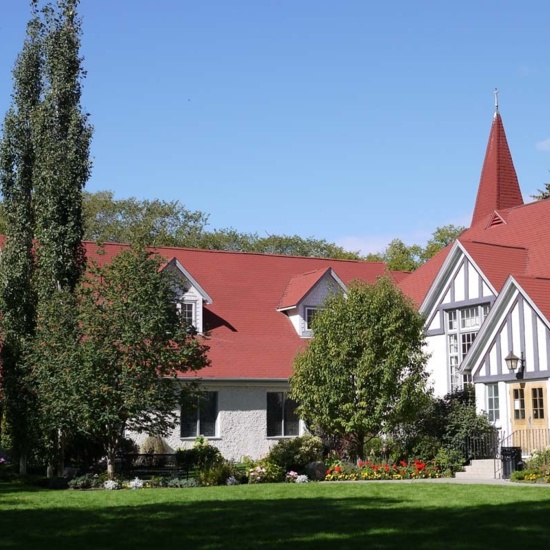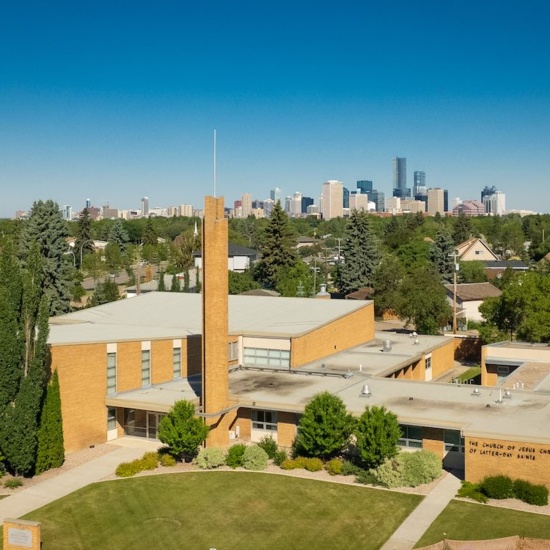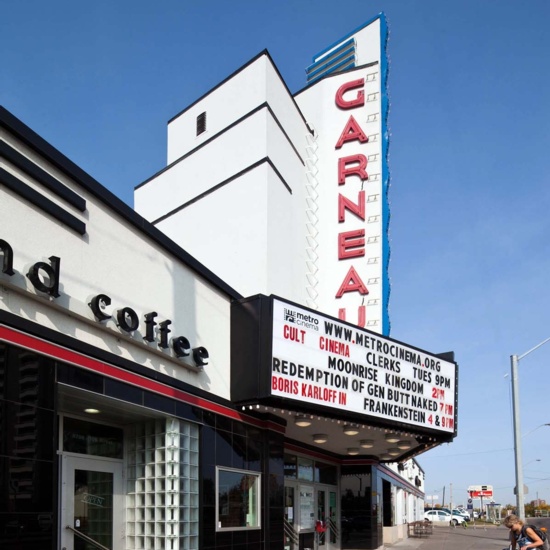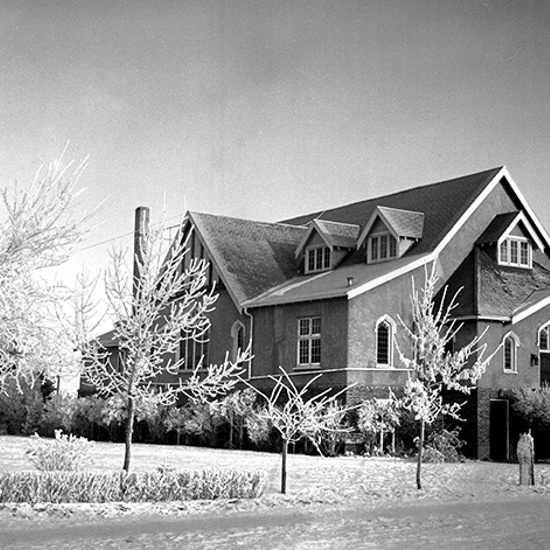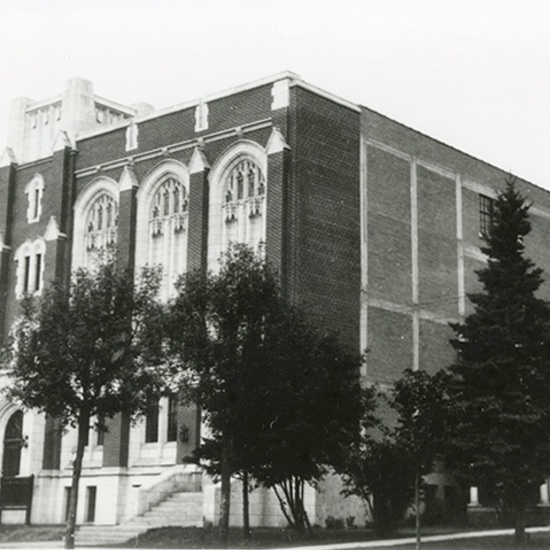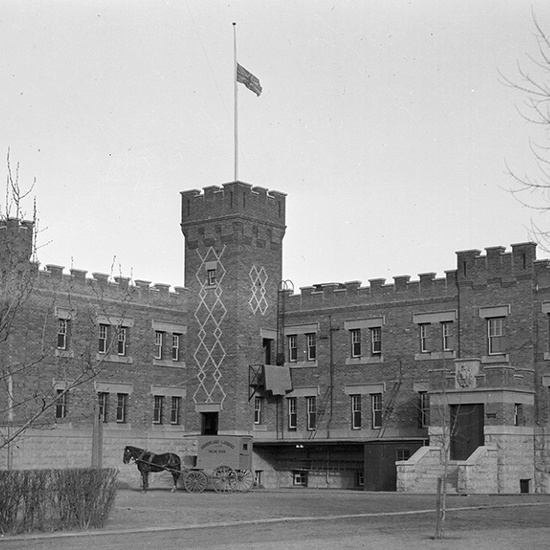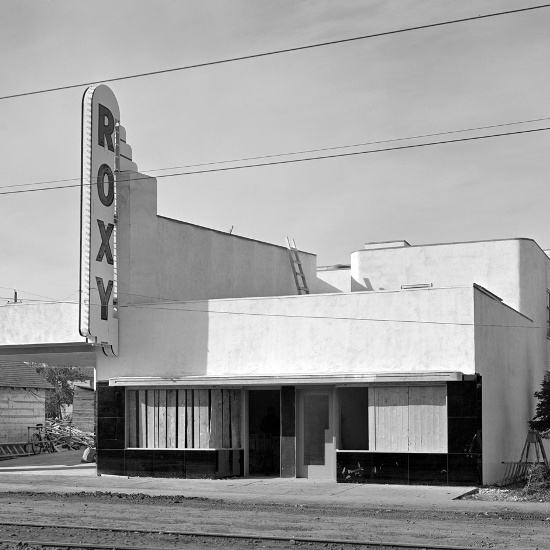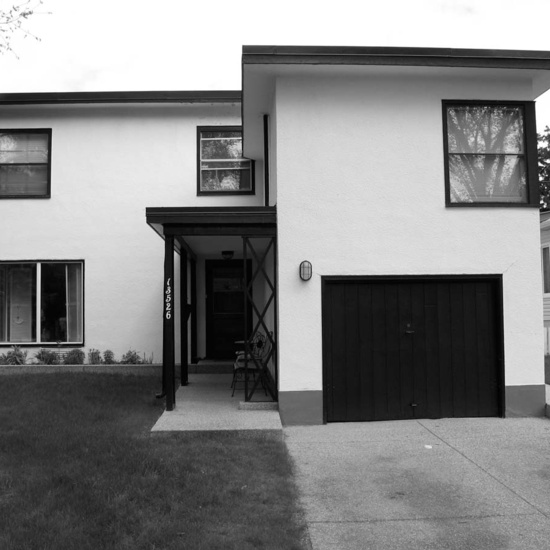William G. Blakey
William George Blakey’s career esteems him as one of the longest serving architects in Alberta’s history and his work exhibited an almost prototypical reflection of the diversity of styles prevalent through the much of the twentieth century.
William George Blakey’s career esteems him as one of the longest serving architects in Alberta’s history and his work exhibited an almost prototypical reflection of the diversity of styles prevalent through the much of the twentieth century.
Blakey & Blakey (1925-1928)
Blakey, Blakey, & Ascher (1947-1960)
William George Blakey was born in England in 1882. The younger brother of Richard Palin Blakey, William George attended the same school as his brother and articled under same architect, George Thomas Brown, in their hometown of Sunderland, County Durham. Blakey’s apprenticeship culminated with him winning a Gold Medal of the Royal Institute of British Architects. He joined his brother in Canada in 1907 where they both worked as architects under the supervision of Allen Merrick Jeffers in the Alberta Department of Public Works. Blakey stayed in that department for only a short time before becoming an assistant to Edmonton’s foremost architect at the time, Roland Walter Lines in 1908. When the Great War broke overseas, Blakey moved to Ottawa to work for the Department of Munitions, then served in Europe with the Canadian Engineers. He returned to Edmonton in 1919, working on his own as well as in collaboration with building contractor H.M.E. Evans. For a brief time Richard and William united under the firm Blakey & Blakey and, like Richard, William was also elected President of the Alberta Association of Architects, albeit for a shorter term from 1924 to 1925. William was similarly a member of the Royal Architectural Institute of Canada.
Striking out on his own again, Blakey shared an office on Jasper Avenue for a time with architect Edward Underwood. New infrastructure was not highly sought during the 1930s, but a significant building boom in the post-war period of the late 1940s brought the brothers back together in 1947, this time along with the young German-trained architect, Rudolph Ascher. William Blakey and Ascher were the most vital partners of the business which remained active until Ascher’s early death in 1960. The firm was taken over by Howard Bouey and Robert Bouey who had previously joined their company for a time.
William George Blakey’s lengthy career in Edmonton spanned many architectural genres which he enjoyed emulating in detail. He used classic Edwardian features to design the 1920 Edmonton Journal Building. Both Christ Church Anglican and Highlands United Church are signature Tudor Revival buildings designed by Blakey in the 1920s. And downtown Edmonton boasts the unique Gothic Revival design of the Central Masonic Temple thanks to Blakey’s imagination and skill. The economic depression of the 1930s and subsequent dearth in large design contracts perhaps lent William freedom to explore new techniques. As early as 1935, William introduced moderne architectural concepts to the city. Blakey’s Roxy Theatre was one of his first such contributions in 1938, and he designed the streamlined moderne style Eaton’s store and St. John’s Separate School that same year. The Garneau Theatre, built between 1939 and 1940, endures as a signature piece of the modernism movement in Edmonton and remains the only surviving theatre of this style anywhere in Alberta. So impassioned by the moderne movement, Blakey designed his own home in Glenora in 1946 to showcase this style.
Details
Full Name
William George Blakey
Structures
Christ Church
Edmonton Stake Centre
Garneau Theatre
Highlands United Church
Masonic Temple- Saskatchewan Lodge #92
Northwest Mounted Police Barracks
Roxy Theatre
William Blakey Residence
Neighbourhoods
Boyle Street
Downtown
Garneau
Glenora
Highlands
Oliver
Strathearn
Westmount
Architectural Styles
Collegiate Gothic
Gothic Revival
International
Moderne
Tudor Revival
Character Defining Elements
Artificial stone, Brick cladding, Brick structure, Cantilever projections, Clinker brick, Coping, Corner windows, Crenellated parapet, Cross gable roof, Date stone, Decorative brick, Dormer, Exposed rafters, Flared eaves, Flat roof, Gable roof, Glass block, Half storey, Half-timbering, Irregular footprint, L shape footprint, Lintel, Marquee sign, Nailed frame structure, One storey, Pendant, Pilaster, Plinth, Pointed arch, Polished stone, Porch, Portico, Poured concrete structure, Rectangular footprint, Rusticated stone, Speedlines, Spire, Stained glass, Steeple, Stucco cladding, Three storeys or more, Tower, Tracery, Two & a half storeys, Two storeys, Wide eaves
